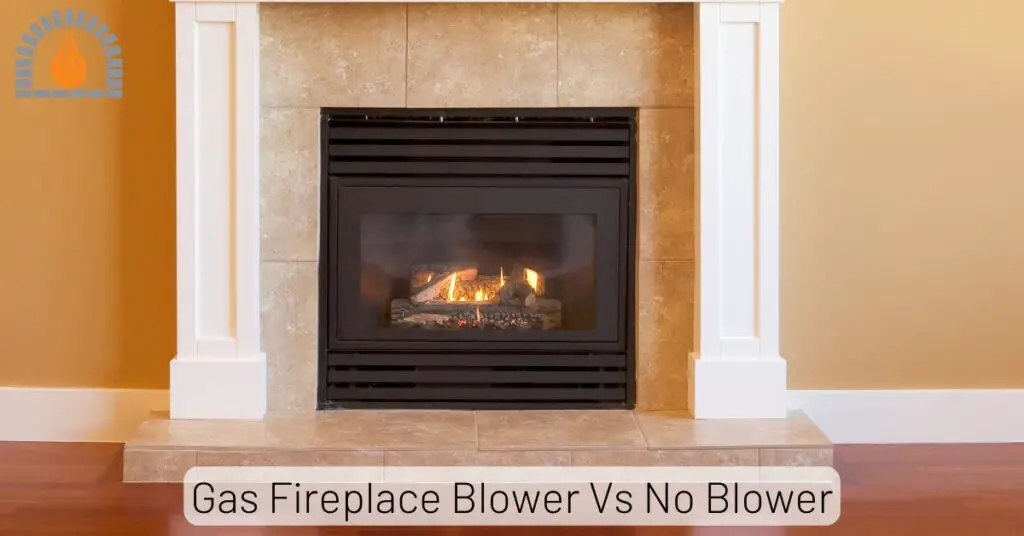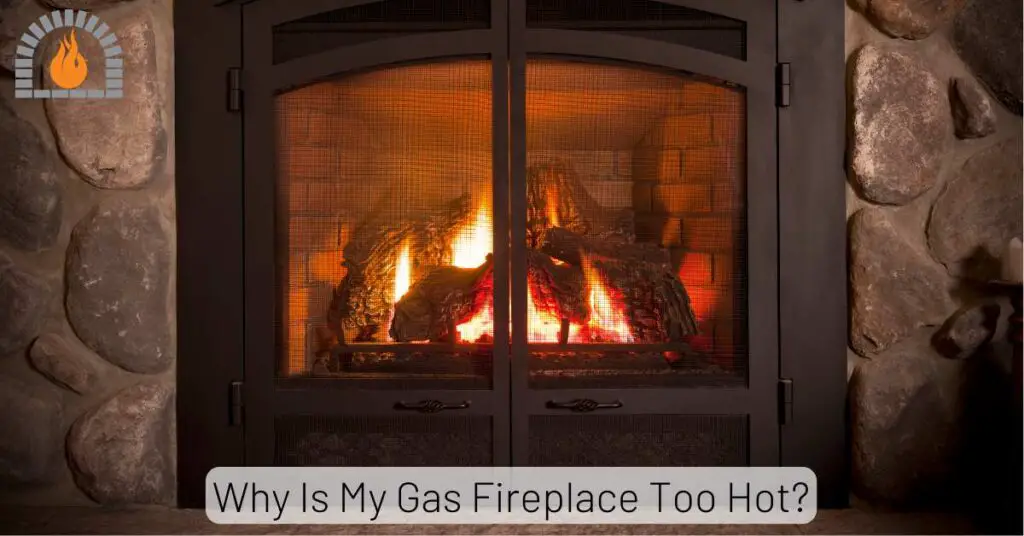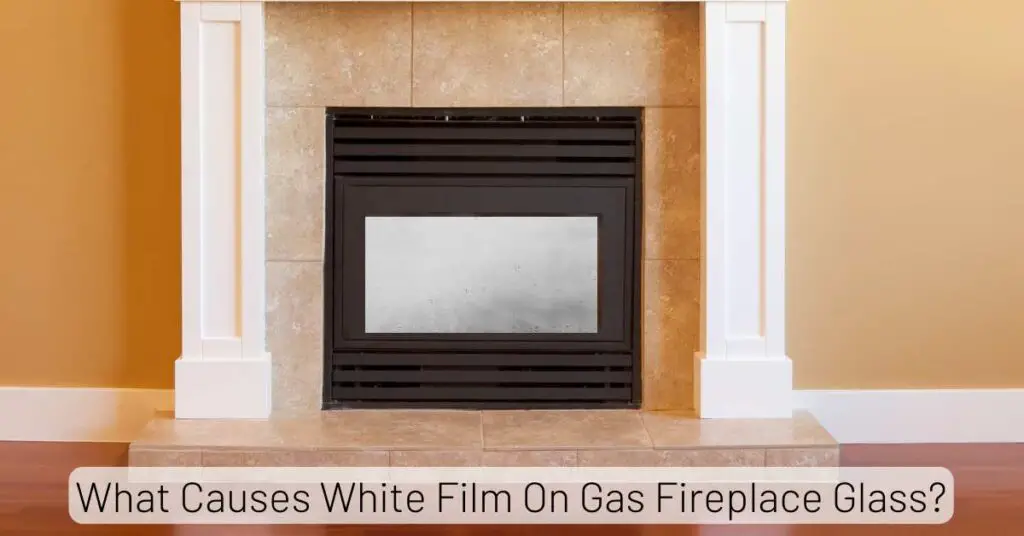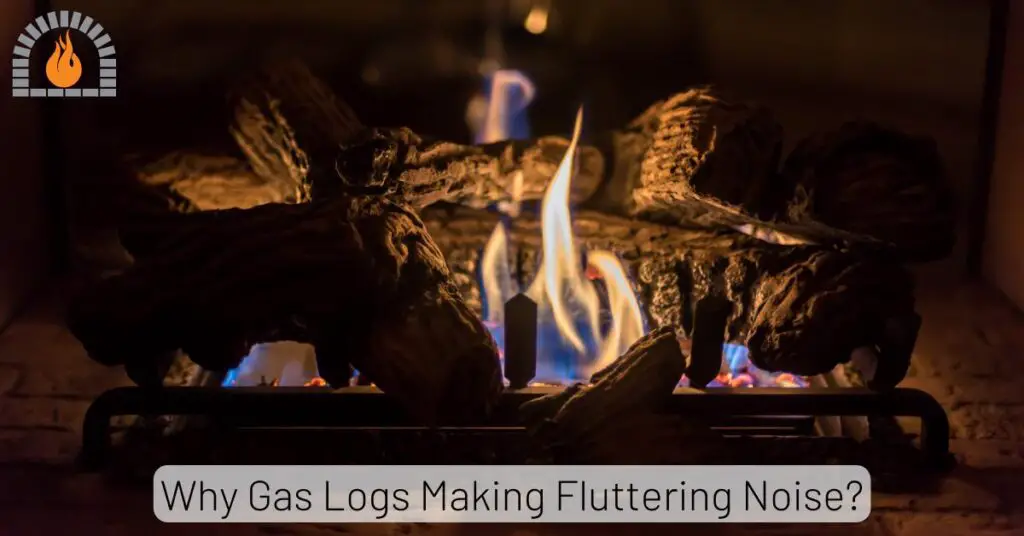Recently, gas fireplaces have become popular for their convenience and efficiency. However, an issue that has raised concerns among homeowners is the presence of black soot. Is black soot from a gas fireplace something to be worried about? Is black soot from gas fireplace dangerous?
Black soot in a gas fireplace can be attributed to incomplete combustion. Inhaling soot particles can lead to respiratory issues and irritation, exacerbating conditions such as asthma. Furthermore, soot may contain harmful substances, posing health risks over prolonged exposure.
What Black Soot Is?
Before delving into the potential dangers, it’s crucial to understand what black soot is and how to identify it in the context of a gas fireplace.
Black soot often appears as a fine, powdery substance, accumulating on surfaces around the fireplace, such as walls, furniture, or the glass enclosure.
Is Black Soot From Gas Fireplace Dangerous?
Yes, black soot from a gas fireplace can pose a potential danger. Black soot typically signals incomplete combustion, releasing harmful substances into the air. Incomplete combustion may produce carbon monoxide, a colorless and odorless gas that can be hazardous in elevated concentrations.
Inhaling soot particles can contribute to respiratory problems and irritation, potentially worsening conditions like asthma.
What Causes Black Soot From a Gas Fireplace?
Several factors can cause black soot in a gas fireplace, and addressing the issue is important for both aesthetic and safety reasons.
Below are some common reasons for the presence of black soot in a gas fireplace:
- Incomplete Combustion:
- The incomplete combustion of natural gas can lead to the formation of soot. This can occur when there is insufficient oxygen for the gas to burn completely. Factors such as a blocked burner, dirty or clogged port, or inadequate air supply can contribute to incomplete combustion.
- Air-to-Fuel Ratio Imbalance:
- Gas appliances are designed to operate with a specific air-to-fuel ratio for optimal combustion. If this ratio is disrupted, it can result in incomplete combustion and soot production. A malfunctioning air shutter can cause this imbalance, improper gas pressure, or a blocked air inlet.
- Dirty or Clogged Burner:
- Over time, burners in a gas fireplace can accumulate dirt, dust, and debris. This buildup can obstruct the burner ports, disrupting the proper flow of gas and air and leading to incomplete combustion.
- Incorrect Gas Pressure:
- Gas appliances require the correct gas pressure to operate efficiently. If the gas pressure is too high or too low, it can affect combustion. This issue may require adjustment by a qualified technician.
- Venting Issues:
- Improper venting or a blocked chimney can cause combustion byproducts, including soot, to be released into the living space rather than safely vented outside. Ensure that the venting system is properly installed and maintained.
- Low-Quality Gas:
- In some cases, the gas quality may contribute to soot formation. Gas with impurities or contaminants can affect combustion.
- Faulty Gas Logs or Inserts:
- If you have gas logs or inserts in your fireplace, malfunctions or damage to these components can disrupt proper combustion and lead to soot production.
Related Post: Gas Fireplace Inspection Cost Guide
How to Prevent a Gas Fireplace from Producing Black Soot.
Preventing black soot buildup in a gas fireplace is important for safety and aesthetics. Soot accumulation can be a sign of incomplete combustion and create a mess around your fireplace.
Below, I have listed some tips to help you prevent black soot in your gas fireplace:
- Clean the interior of the fireplace regularly, following manufacturer guidelines.
- Check for blockages in the burner and venting system to ensure proper airflow.
- Adjust the air shutter to maintain the correct air-to-gas ratio.
- Ensure the room has adequate ventilation by not closing dampers or vents.
- Use high-quality gas logs designed for your specific fireplace model.
- Schedule an annual professional inspection and service for thorough cleaning and adjustments.
- Verify that you are using clean and high-quality natural gas or propane.
- Install a carbon monoxide detector near the fireplace to monitor air quality.
Importance of Ventilation
Proper ventilation minimizes the risk of incomplete combustion and subsequent black soot formation.
Ensure the gas fireplace is installed according to safety standards and any ventilation components are unobstructed.
Consulting Professionals
When in doubt or if you encounter persistent issues with black soot, it’s advisable to consult a professional fireplace technician.
They can thoroughly inspect, identify the root cause, and perform necessary repairs or adjustments.
Affiliate Disclosure: Fireplaceadviser.com is a participant in the Amazon Services LLC Associates Program. We may earn a commission when you click on certain links on this site and purchase.

Hello!! I am Jamal Khan. I often fix my home electric heaters and gas stove problems and research the common issues in the heating units to improve my knowledge and expertise. The aim of establishing fireplaceadviser.com is to share my expertise and knowledge with my audience.












